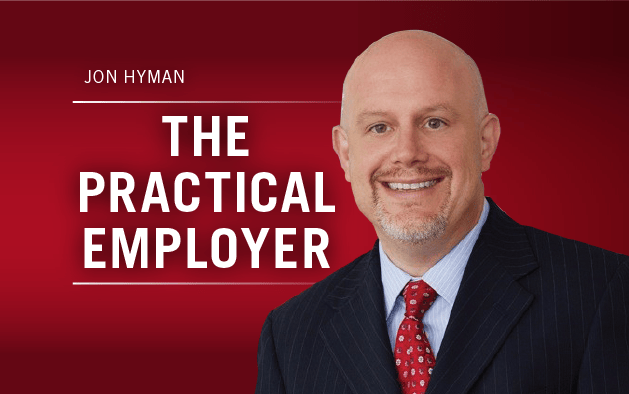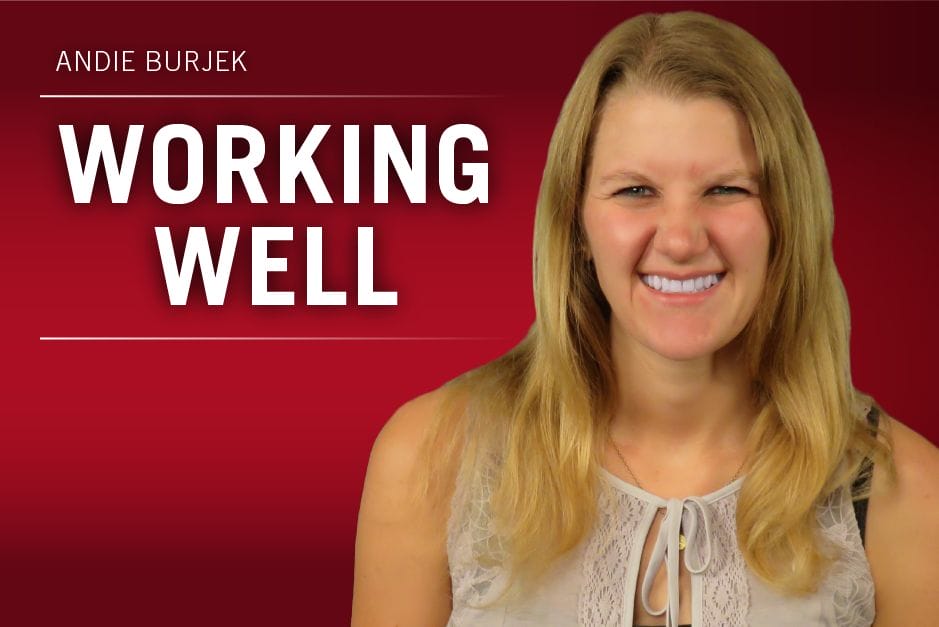Jonathan Baum worked as a scheduler for Metro Restoration Services.
In late 2014, he began to suffer cardiac problems. Over the course of the next several months, he went to the ER fearing a heart attack, had a heart catheter implanted, had an echocardiogram and wore a heart monitor. He occasionally also missed work for medical tests and treatments and sometimes worked remotely. His boss, and the owner of Metro, Patrick Cahill, was aware of Baum’s medical issues.
Following a work day on which Baum had worked remotely from his home, Cahill fired him. The expressly stated reason: “health issues and doctors’ appointments.”
Oops.
Baum then sued for disability discrimination.
Even with all of Baum’s cardiac issues, the 6th Circuit held that he could not establish that he suffered a physical impairment that substantially limited one or more major life activities. Therefore, Baum did have a legally protected actual disability. Baum had failed to identify a medical expert to testify and establish whether his cardiac problems substantially limit his cardiovascular and circulatory functions.
So do Baum’s impairments limit his cardiovascular and circulatory functions? They might. But to conclude that they did, a jury would need to understand them—how they function, and what that means for Baum. And to understand them, jurors would need an opinion from someone with “scientific, technical, or other specialized knowledge”: expert testimony.
Because Baum failed to disclose his doctor—or anyone else with specialized medical knowledge—as an expert witness, he lacks the evidence he needs. And without that evidence, he hasn’t created a factual issue over whether he is actually disabled.
Case closed, right? Not so fast.
The ADA does not only protect actual disabilities, but also perceived disabilities. On this latter claim, Metro had a huge problem.
Unlike actual disability claims, an employee proceeding on a claim of perceived disability need not prove a limitation of a major life activity, but only that the employer took an adverse action “because of an actual or perceived physical … impairment.” Thus, the lack of a medical expert was not fatal to this claim.
Baum argues that a jury could find that Metro fired him because Cahill thought Baum was disabled. For support, he relies on Cahill’s knowledge of Baum’s catheter, CAT scan, trip to the ER, and period where he wore a heart monitor. Baum also points to Cahill’s stated reason for firing him: his “health issues and doctor’s appointments.” …
Cahill’s knowledge of Baum’s medical issues—alone—is insufficient to carry the day.… But Baum has more—he has Cahill’s stated reason for firing him: his “health issues and doctor’s appointments.” That statement is what creates a factual dispute and makes it material. Giving Baum the benefit of the doubt, a jury could find that Cahill meant what he said. And if a jury so found, it could also find that Cahill perceived Baum to have a physical impairment and fired Baum because of that perception.
In other words, employers, it’s not the best idea to tell your employee that you are firing them because of their medical issue. It will not end well for you.







 It is an exciting time for employee benefit professionals.
It is an exciting time for employee benefit professionals.
